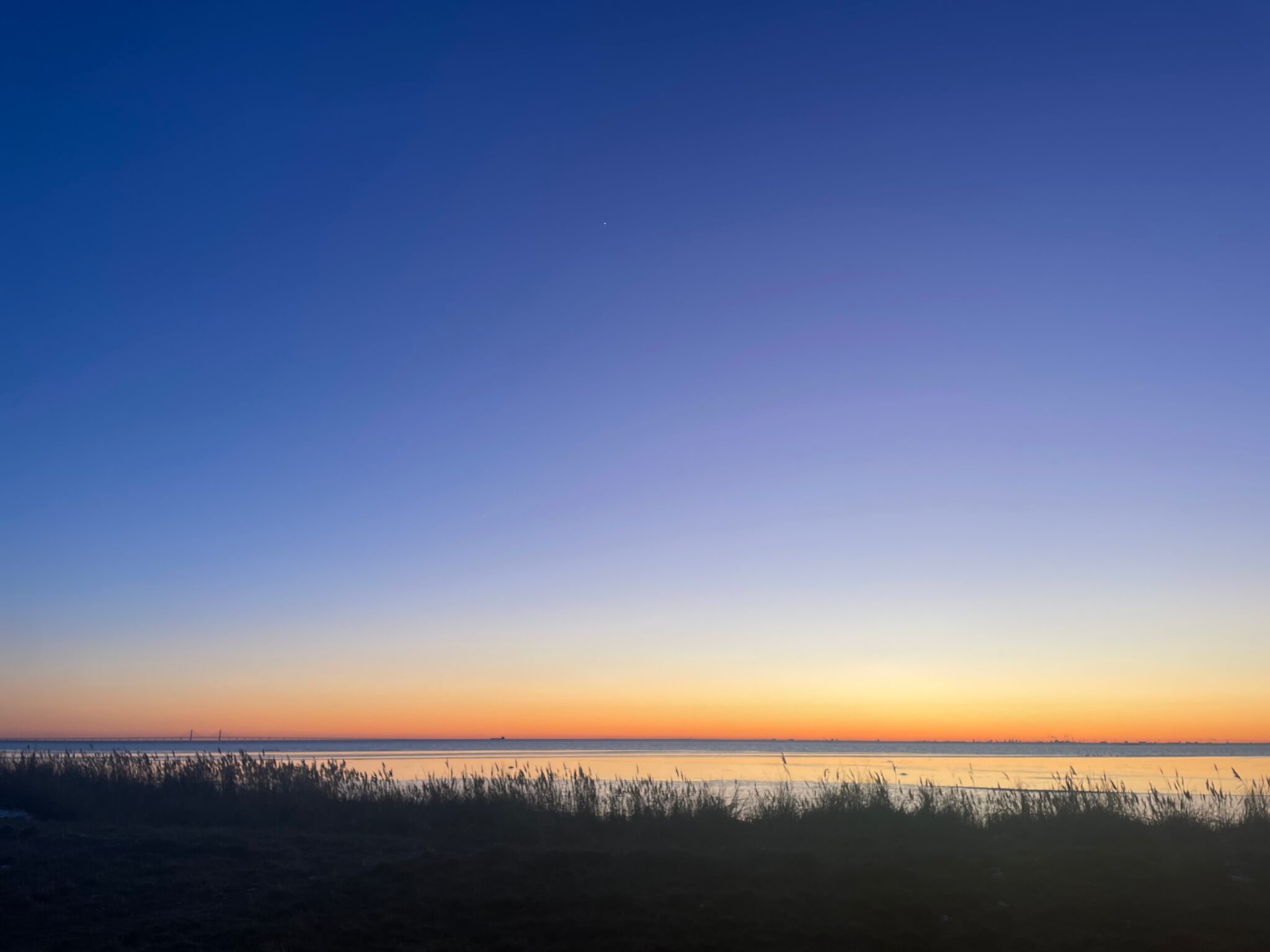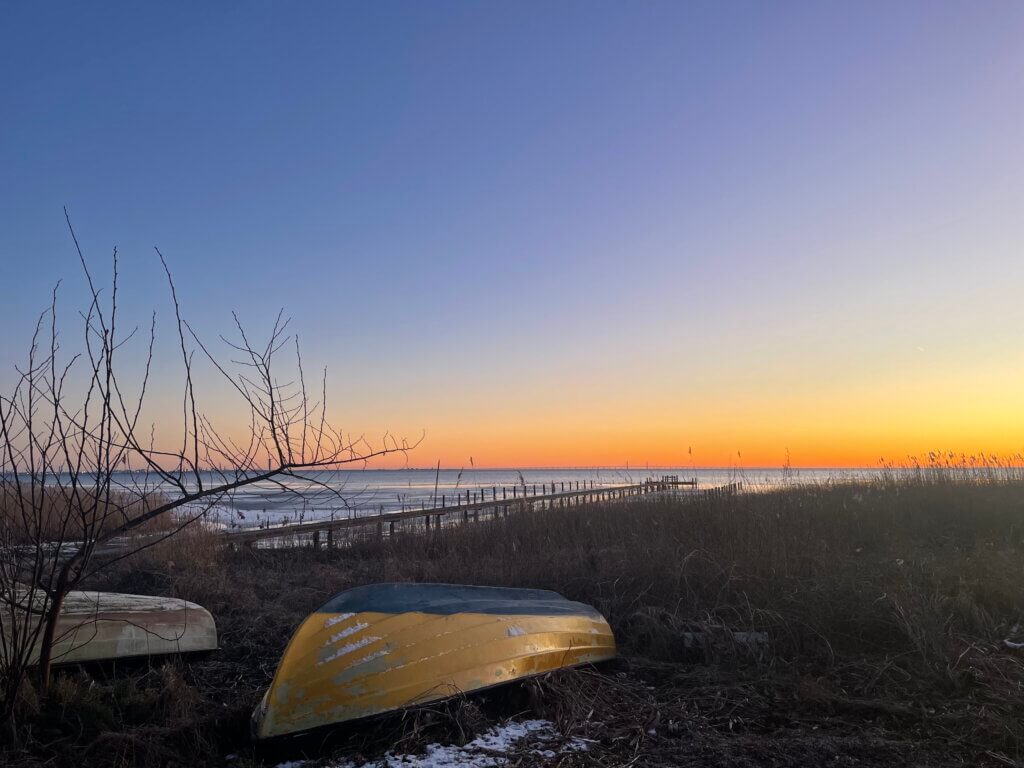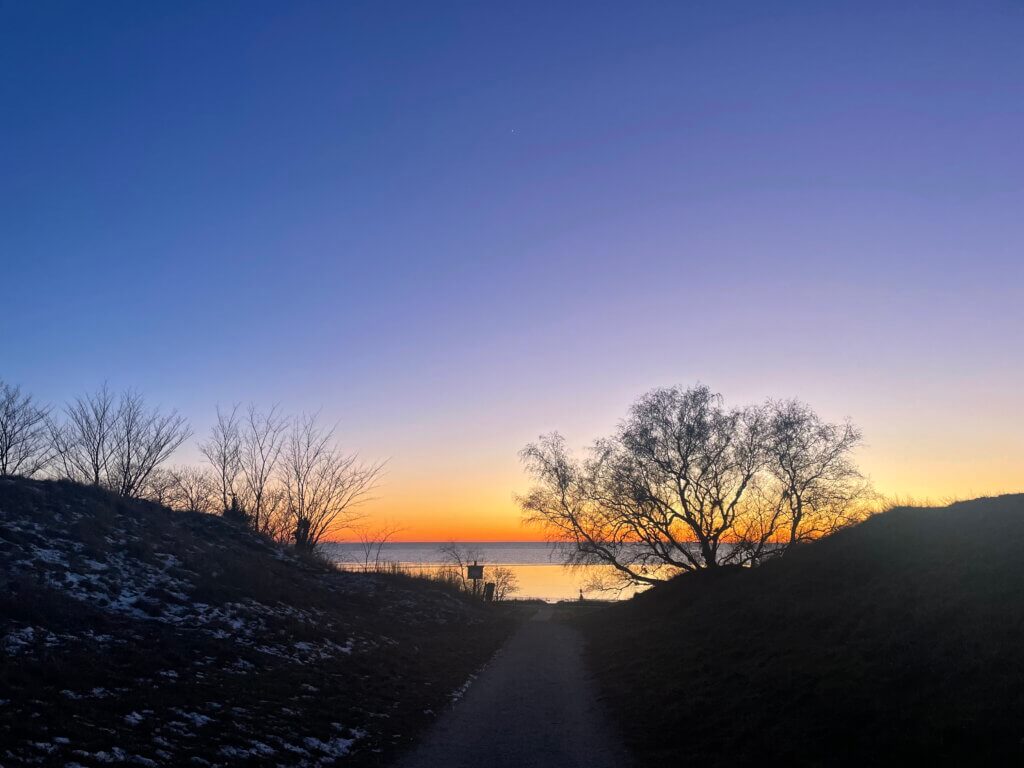
Reading about design principles for blended learning
I am in the brainstorming phase of a super cool project where we are planning to collaborate on; giving an academic development course in two countries simultaneously, teaching both online with everybody, and in person at the two hubs. I have always liked the combination of online and in-person teaching!
Before I start on the main topic of blended learning, though, I am thinking about Lars Strannegård’s sommarprat 2024, where he is talking about the importance of art — paintings, architecture — in learning environments. Culture can help us make sense of the world we live in, of our history and future, can help us think outside the box. And I am thinking more and more about Gravett and other’s work on how we show care also through the environments we put students in and expect them to learn. I recently read Phan & Le (2025) on “From coffee shops to online platforms: students’ construction of and experiences in multiple higher education learning spaces” (very cool title, btw!) and how they describe students studying in shared spaces (which of course influences then whether they are comfortable having a camera on etc), and how students can carve out learning spaces in crowded and lively places like coffee shops, and transition between formal, i.e. time-tabled, and informal, non-time-tabled, learning spaces. And how they are often willing to pay money and buy coffee as price of admission to a space that they feel they learn well in, compared to free spaces provided by university that they are just transitioning through and don’t really use as informal learning spaces. So what kind of spaces are we providing, and how are they supporting student learning?

Versteijlen & Wals (2023) write about “Developing design principles for sustainability-oriented blended learning in higher education”. The motivation for their work is that reducing travel to campus is reducing the environmental impact of higher education (and, I would argue, even more so if we can put a lot of professional workshops and conferences online!). So this is an important field to explore and learn to do well, to be competitive against in-person meetings (where, at least for professional meetings, there usually is coffee and cookies…).
They develop 6 design principles, each with a bunch of recommendations for implementation:
- “Aiming at self-regulation (and self-awareness) of learning and practice in the student’s learning process”
- The organisation of a unit needs to be done well and clearly introduced; and expectations for communication and submissions should be clear
- Students need to receive feedback on how they are doing (or — radical thought — we could consider working towards feedback partnerships that I wrote about just yesterday!)
- The teacher cannot just relax because there are online materials available, but needs to be present
- Competition between students can be used for motivation (or backfire, as I have seen happen…)
- Working in teams makes it more likely that students spend time on task
- “Fostering a safe and social learning environment”
- Invest time into relationship building in the beginning because getting to know people online is harder than in person
- Make time for students to interact during online sessions
- Support informal online interactions, too (blogs, social networking)
- Feedback as video makes students feel more connected with the teacher
- The teacher should moderate online discussions and hold people accountable
- Make sure that nobody gets isolated
- “Facilitating (a)synchronous interaction and discussion among fellow students and with the lecturer to stimulate reflection and critical thinking”
- Consider different learning preferences and therefore provide both synchronous and asynchronous opportunities for discussion
- Be clear about the instructions for discussions on discussion boards
- When giving feedback, giving it asynchronously gives the student time to process, whereas synchronous feedback supports discussions (as recommended in feedback partnerships)
- The online environment needs to accomodate social and task-oriented interactions plus facilitate documentation of the learning process
- “Transforming learning through acquisition and inquiry into an active process based on existing knowledge (in which new knowledge is constructed to contribute to sustainability)”
- Provide different means of presentation to let students choose a video, podcast, text, or whatever they prefer
- Increase student engagement by connecting the topic to their own experiences and interests
- In a flipped classroom, offer quizzes or Q&A opportunities for students to test their understanding in addition to video recordings etc.. Also synchronous meetings can start with (or include) formative feedback
- “Working on authentic (and action-oriented) tasks with scaffolded and theory-based practice meeting the learning preferences of students”
- Provide choice of tasks!
- Give formative feedback
- (for design studio education, they recommend the physical classroom should facilitate meetings and discussions, whereas the virtual is about reflection, and asynchronous learning is about researching new concepts)
- Use online simulations or videos before labs so students are prepared and confident before they enter the space
- (Inter/transdisciplinary) Collaboration for constructing a shared outcome through participation and negotiation with fellow students in a technologically enhanced learning environment
- “Mix students with a surface and a deep approach to learning so that all collaborative groups have at least one or two stronger partners” Here I want to push back — as they write, it is an approach to learning, not some unchangeable characteristic of a student. Maybe they should work on motivation rather than seeing the unmotivated students as weak?
- The environment should be designed to support collaboration: interaction, project organisation, and documentation
Yeah, somehow I had much higher hope when I started reading this article… But in general it is at least a good list to start from!
What I am thinking about is how to bridge the online learning space and the in-person space. When people are joining online, where are they physically located? If it is asynchronous, what part of their day do they make time in for the course? How can we make sure that, if we ask people to sit in front of a synchronous video call for hours, they really benefit from that and it is not just a one-way broadcasting that they might just as well have had playing while cooking dinner, or listened to on a walk? Or can we include those kinds of activities, too? Definitely an Active Lunch Break, possibly the “carving space to learn for sustainable futures” activity? And how can we bring in the art that I started this blogpost from?

Phan, A. N. Q., & Le, C. (2025). From coffee shops to online platforms: students’ construction of and experiences in multiple higher education learning spaces. Higher Education Research & Development, 44(1), 222–236. https://doi.org/10.1080/07294360.2024.2429466
Versteijlen, M., & Wals, A. E. (2023). Developing design principles for sustainability-oriented blended learning in higher education. Sustainability, 15(10), 8150. https://doi.org/10.3390/su15108150